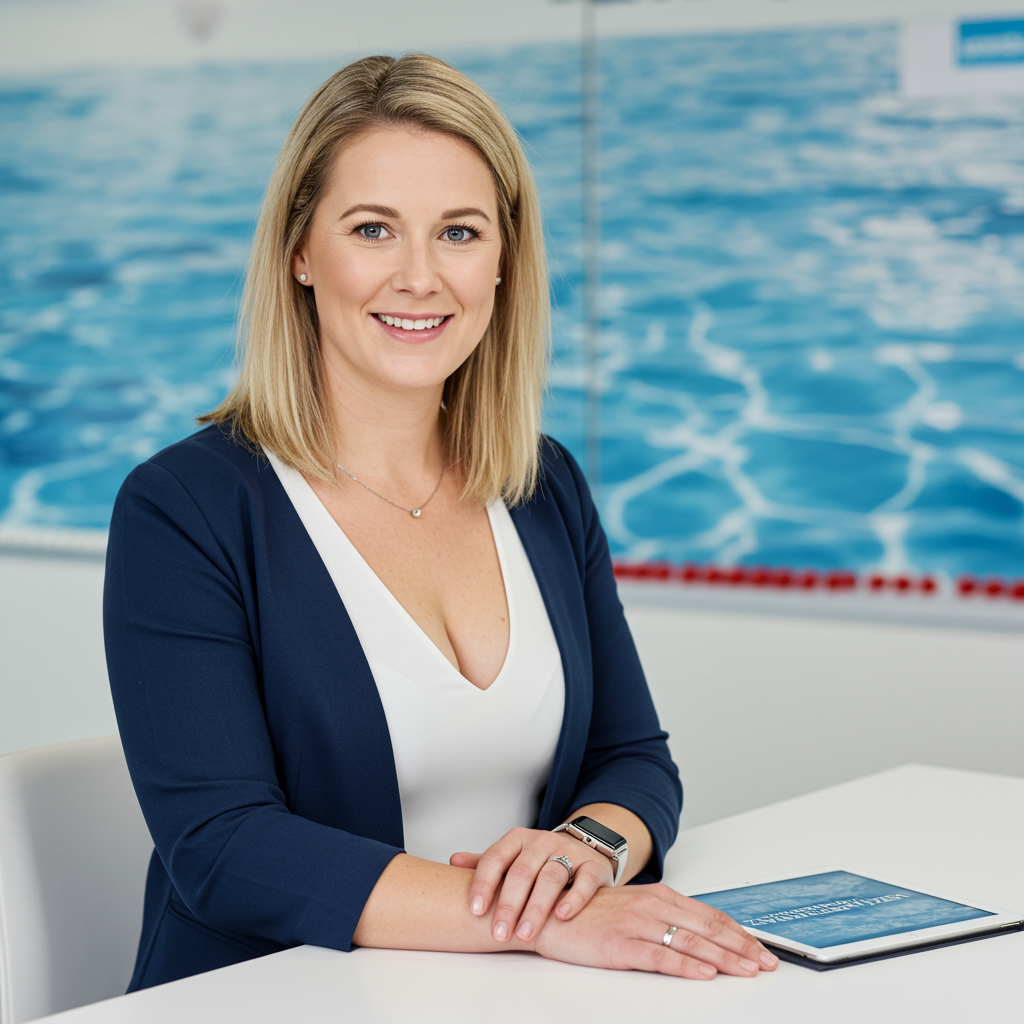A to C: All About Swimming Certificates and Your Child's Water Safety
Enrolling your child in swimming lessons is a significant step! But where do you begin? What certificates are there, and what exactly will your child learn? And what about water safety? In this article, we provide all the information you need to make a well-informed choice.
Why Swimming Lessons Are So Important
The Netherlands is a water-rich country. Therefore, it's crucial for your child to learn to swim and be able to manage in the water [19]. Swimming lessons are not only fun but also an essential skill that enhances your child's safety [30]. Through swimming lessons, your child learns the basics of swimming, different strokes, and how to act in emergency situations. Obtaining swimming certificates A, B, and C, known as the Swimming ABC, is a significant milestone in your child's development [22]. With a swimming certificate in hand, your child can safely play and enjoy recreation in and around the water.
The Swimming ABC: What Does It Involve?
The Swimming ABC consists of three certificates: A, B, and C [22, 29]. Each certificate has its own requirements and skills that your child must master [8, 14]. The complete Swimming ABC is a passport to a lifetime of swimming pleasure [22].
Swimming Certificate A
This is the first swimming certificate and the foundation for further swimming proficiency [13, 29]. Your child learns to:
- Enter the water with a jump [8].
- Tread water for 15 seconds [8].
- Swim 12.5 metres [8].
- Climb out of the water independently [8].
With this certificate, your child can manage in a swimming pool without attractions [22].
Swimming Certificate B
This certificate builds on the skills from certificate A [29]. Your child learns to:
- Enter the water backwards [8].
- Tread water for 15 seconds [8].
- Swim 50 metres, interrupted by swimming under a floating object [8].
- Underwater orientation [8].
With this certificate, your child can manage in a swimming pool with attractions such as a water slide or wave pool [22].
Swimming Certificate C
This is the highest level of the Swimming ABC and meets the National Swimming Safety Standard [22, 29]. Your child learns to:
- Enter the water with a forward roll [8].
- Tread water for 15 seconds [8].
- Remain vertically afloat for 30 seconds using a floating object [8].
- Swim 75 metres of breaststroke [8].
- Swim 15 metres of front crawl and back crawl [8].
With this certificate, your child can manage in a swimming pool with attractions and in open water without current or large waves [22].
Water Safety: More Than Just a Certificate
Obtaining the Swimming ABC is an important step, but water safety goes beyond that [30]. It's essential for your child to continue swimming regularly to maintain their skills. Also, discuss the dangers of open water and teach your child how to act in different situations.
Waiting Lists and Alternatives
Due to the shortage of swimming instructors, there are often long waiting lists for swimming lessons [9, 23, 26]. Therefore, register your child in time. Also, inquire about possibilities such as survival swimming or other activities that promote water safety. Your child can also get used to the water by swimming recreationally [20].
Tips for Choosing the Right Swimming Lessons
- Quality: Choose a swimming school with certified instructors and a clear teaching method [31]. A swimming lesson provider with the National Swimming Certificates Licence from the NRZ (National Swimming Safety Council) offers extra assurance [31, 32, 33].
- Location and lesson times: Choose a location and lesson times that fit your schedule. For example, check out Swimming lessons in Amsterdam or Swimming lessons in Rotterdam.
- Group size: Small groups ensure more personal attention.
- Atmosphere: A positive and stimulating atmosphere is important for your child's enjoyment and motivation [4, 5, 6, 7].
Membro: The Partner for Swimming Organisations
Did you know that many swimming clubs and schools use Membro for their membership administration? Membro is a handy online system that helps organise lessons and track children's progress. This allows swimming lesson providers to work more efficiently and focus on what really matters: providing quality swimming lessons.
Conclusion
Obtaining swimming certificates A, B, and C is an important investment in your child's safety and enjoyment. By informing yourself well and making a conscious choice, you lay a good foundation for a lifetime of swimming pleasure. Remember that water safety is more than just a certificate; keep practising and discuss the dangers of water.
Curious about the possibilities for swimming lessons in your city? Compare swimming lesson providers in your city and find the perfect swimming school for your child! Also, take a look at Read more about teaching methods or dive into the View the knowledge base for parents for even more information.
